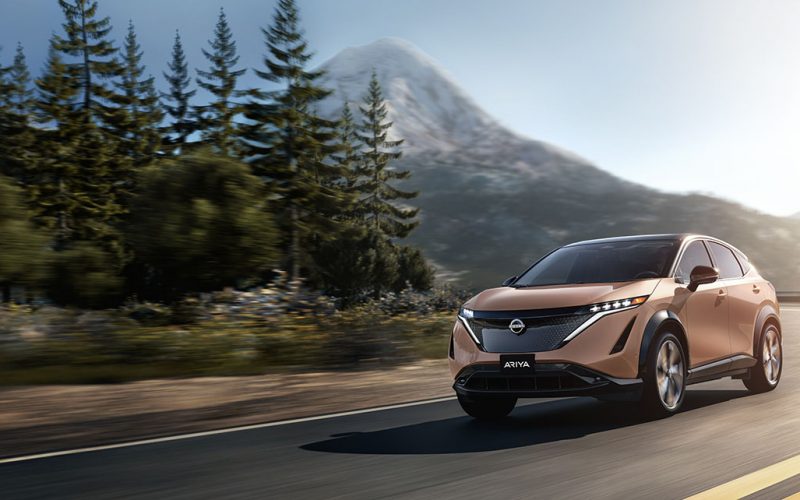
Reading Time: 5 minutesNissan’s Leaf has a permanent place in history for being one of the first modern-day mass-production
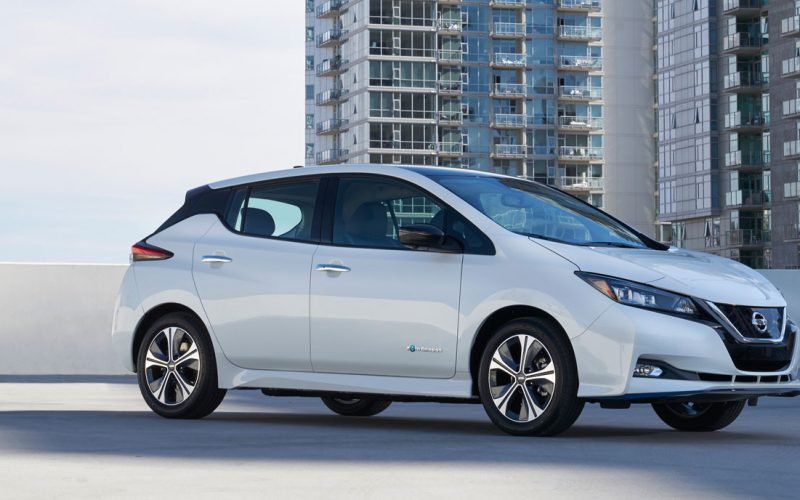
Reading Time: 7 minutesAsk most Canadians to name an electric car and Toyota’s Prius will more often than not
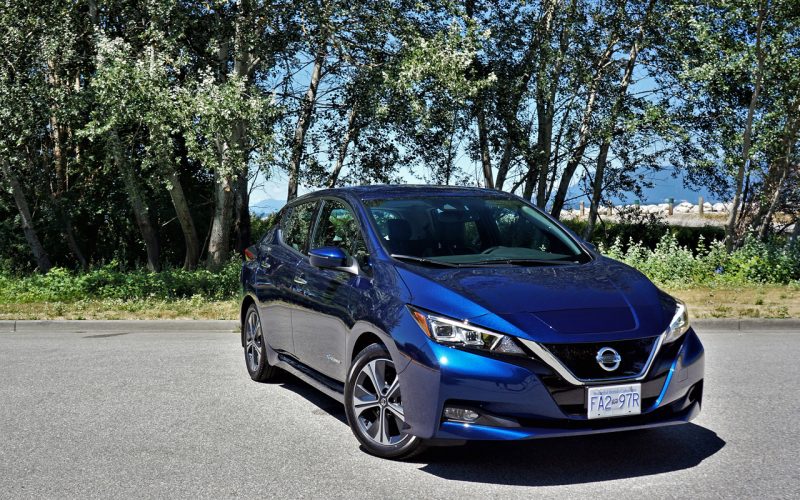
Reading Time: 14 minutesNissan has taken a very different tack by normalizing its second-generation Leaf, which is both good
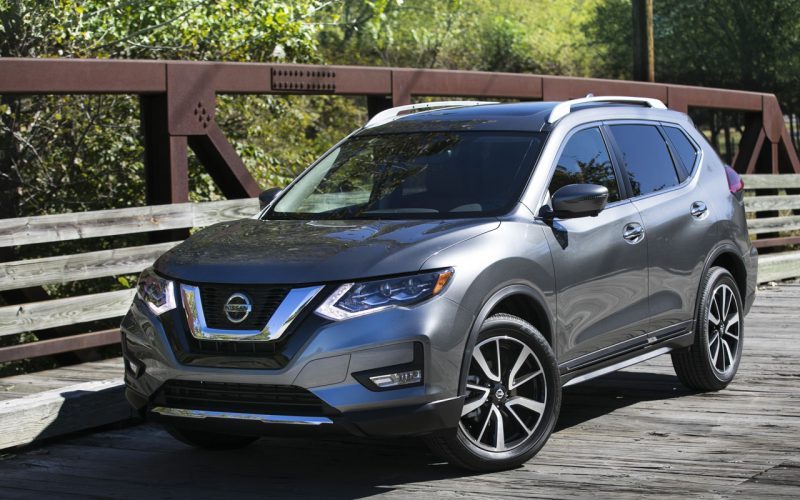
Reading Time: 3 minutesWhen Q2 of 2018 came to a close, Nissan Group certainly had reason to celebrate thanks
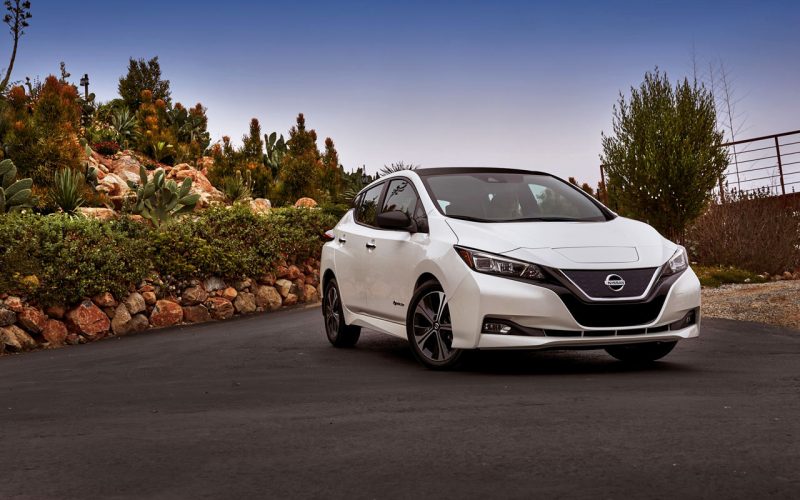
Reading Time: 4 minutesAfter achieving its best sales results ever in 2017, Nissan Canada has yet another sales milestone
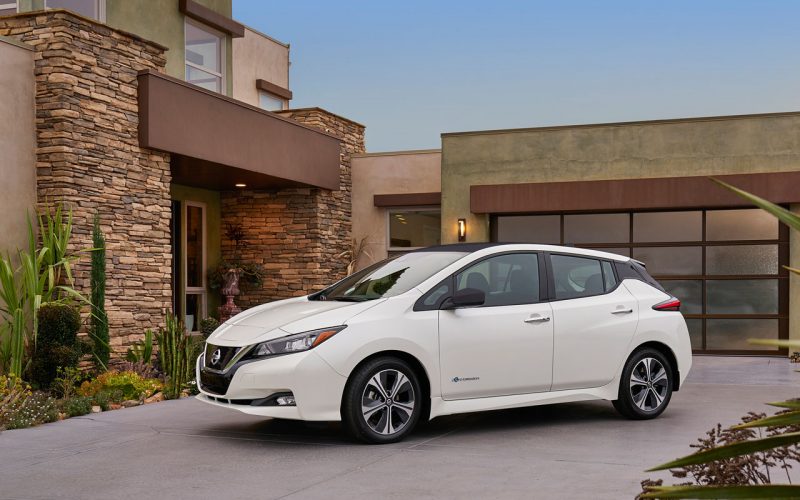
Reading Time: 8 minutesToyota’s Prius may be the world’s most notable hybrid and Tesla’s Model 3 currently hottest on
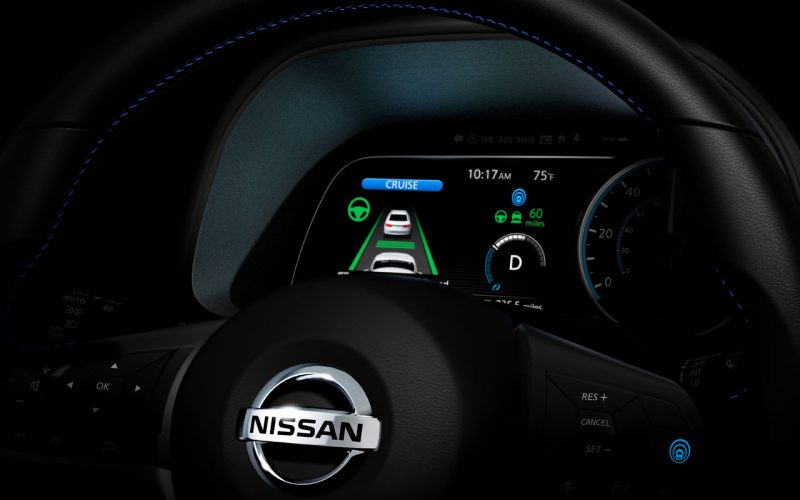
Reading Time: 2 minutesThe world’s most popular plug-in electric vehicle will soon receive a complete redesign, which is compelling
© 2025 The Car Magazine. All Rights Reserved, Privacy Policy | Terms of Use